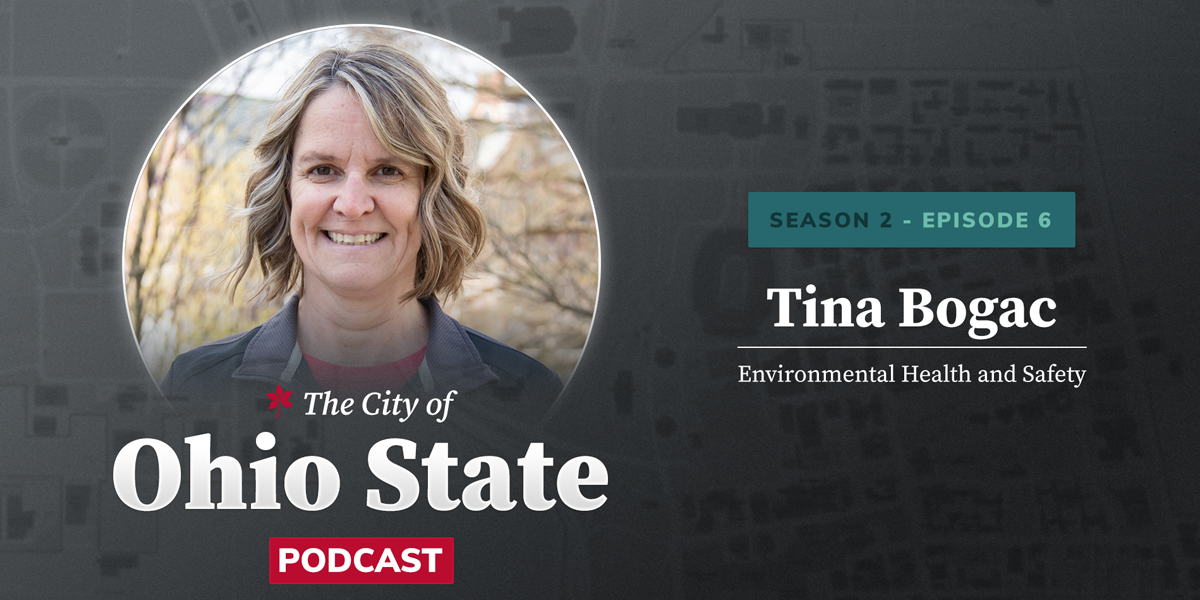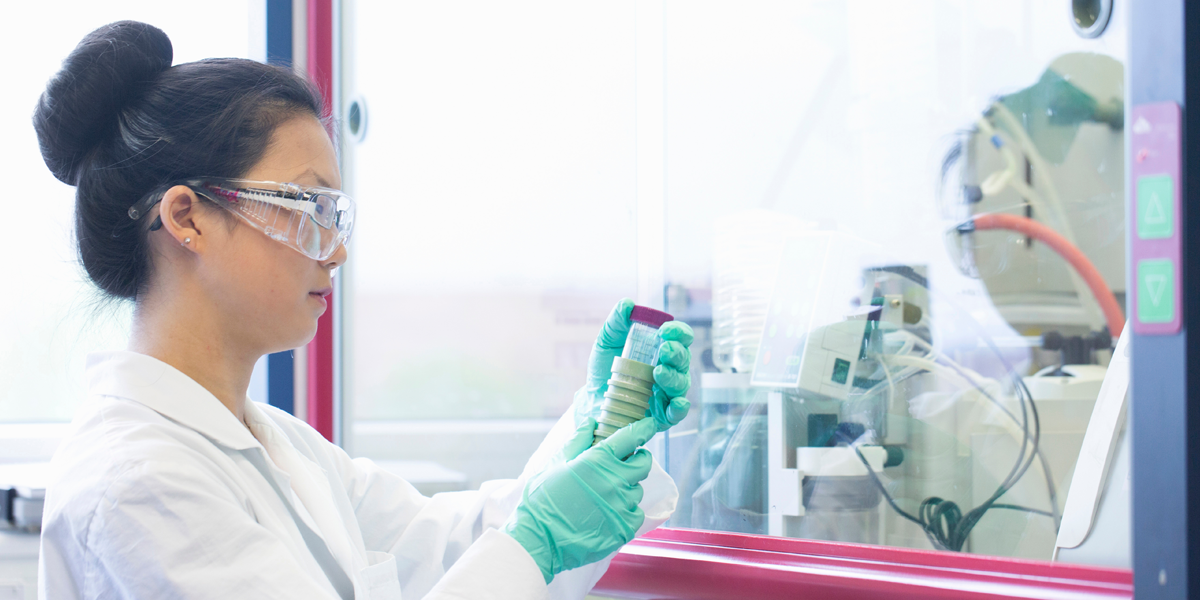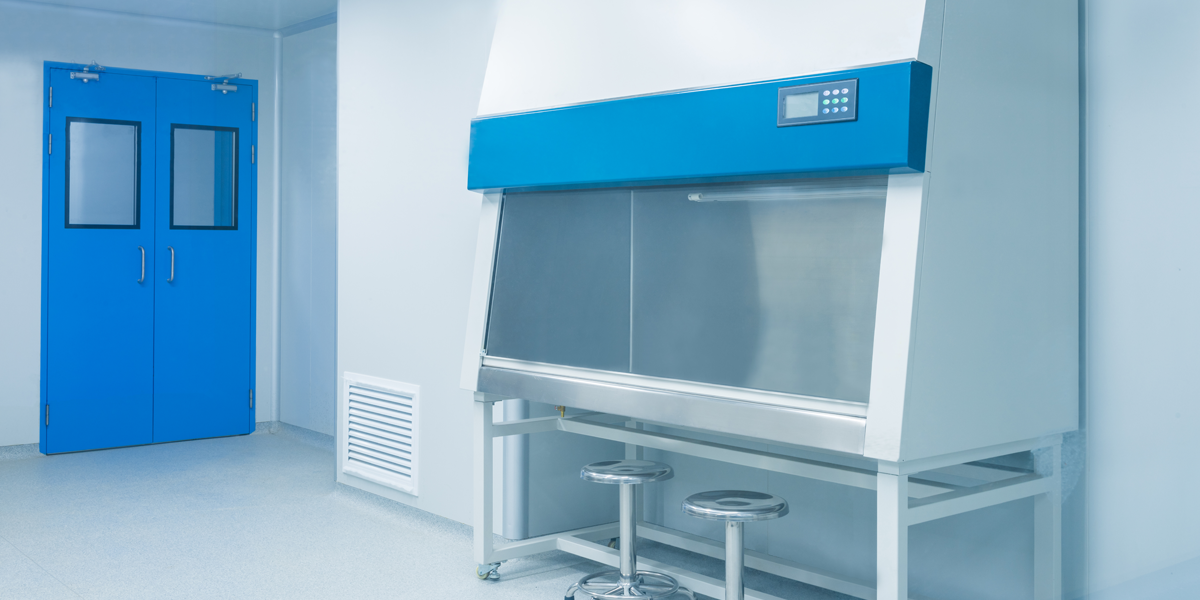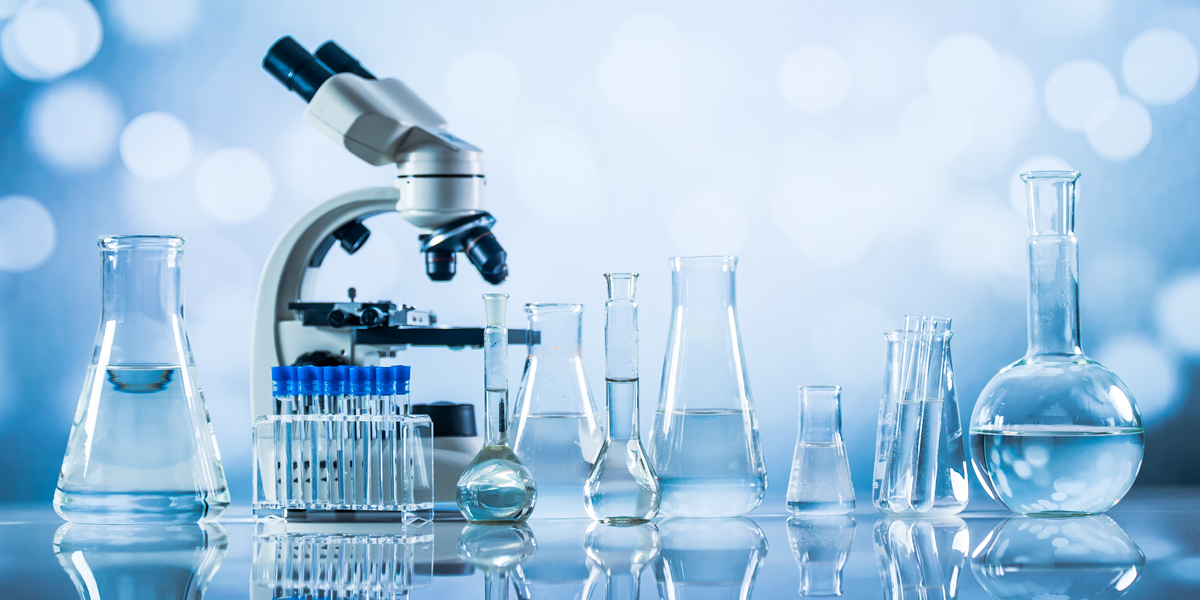Environmental Health and Safety (EHS) has a staff of 40 responsible for maintaining a safe and healthy work environment for everyone on campus. On this episode of The City of Ohio State podcast, hear from EHS director Tina Bogac about how her team enhances safety in labs, classrooms and at the medical center.









